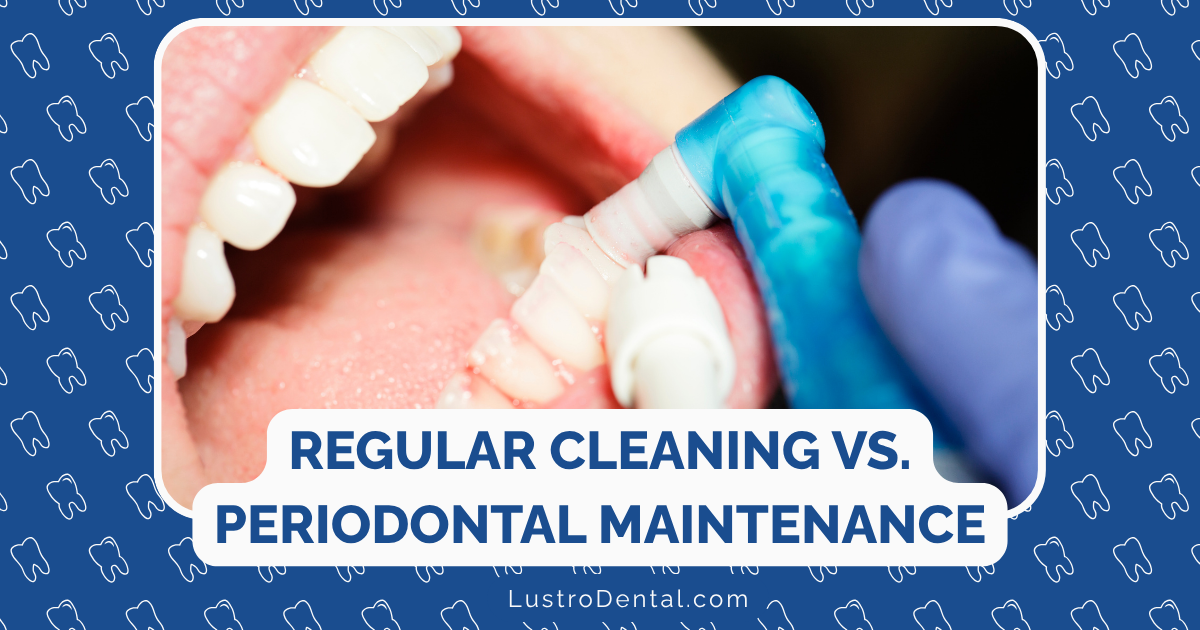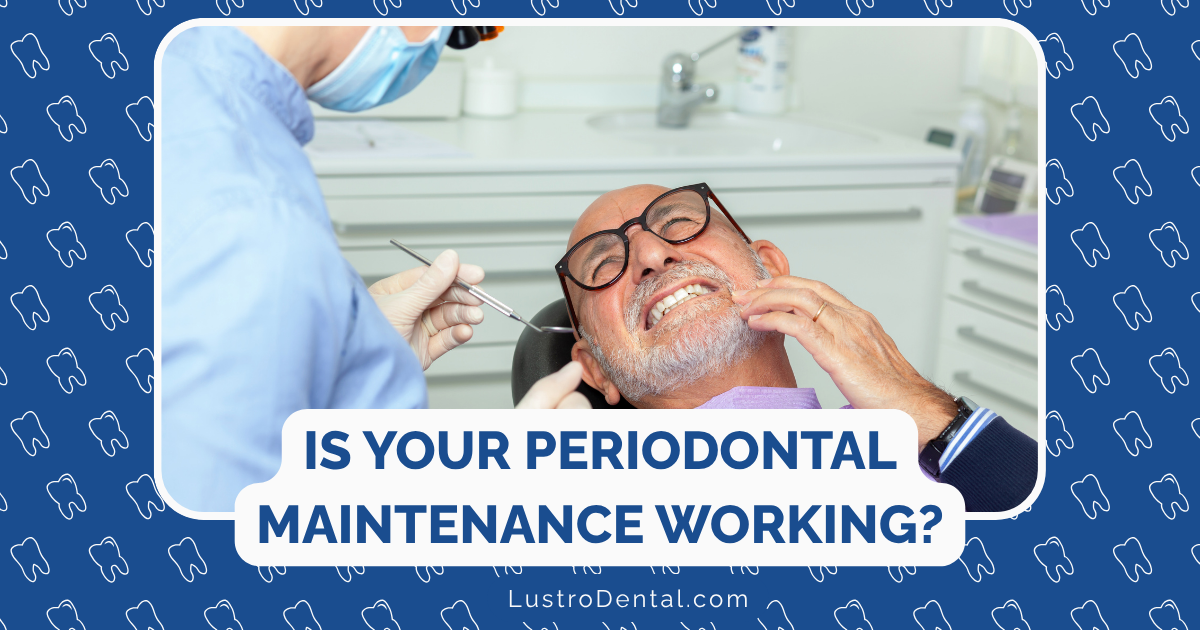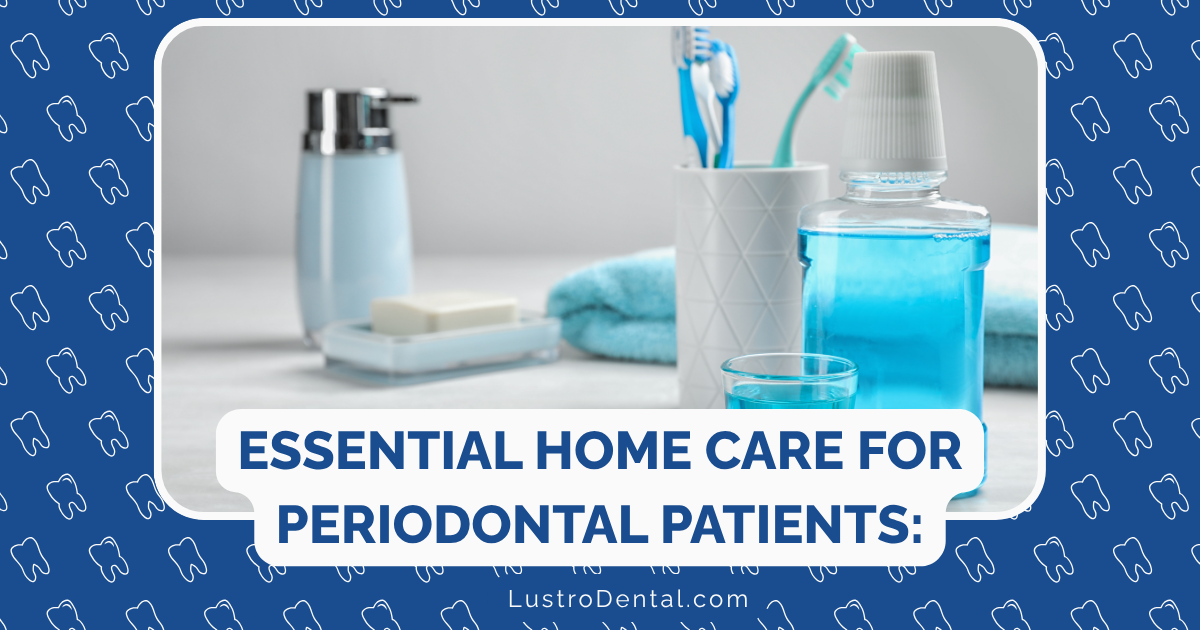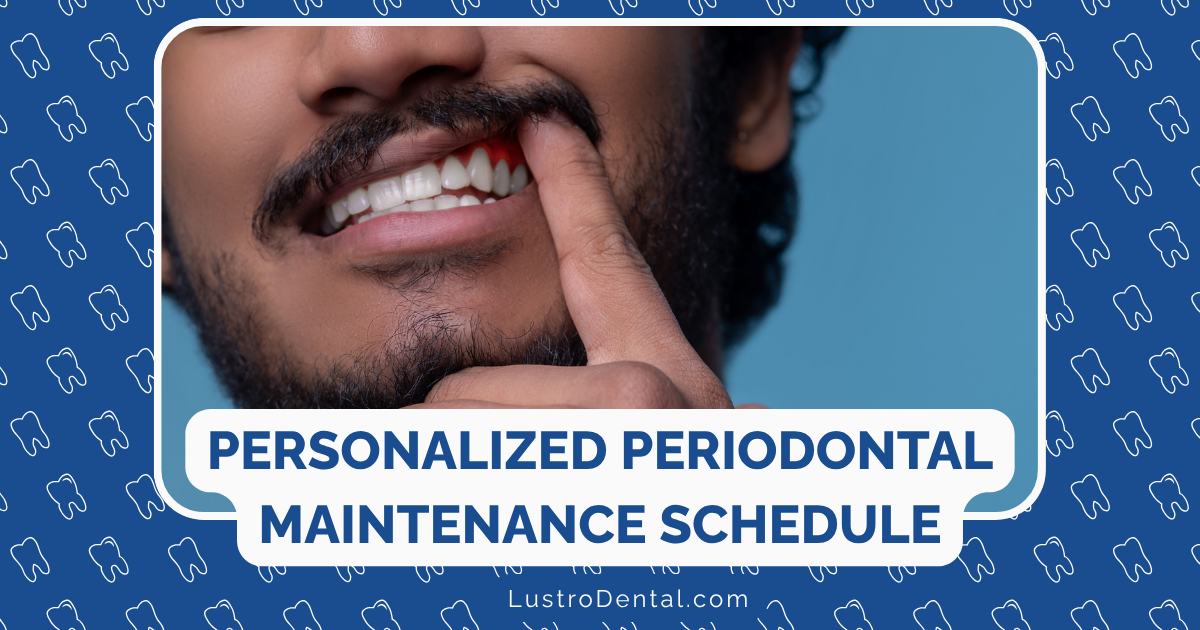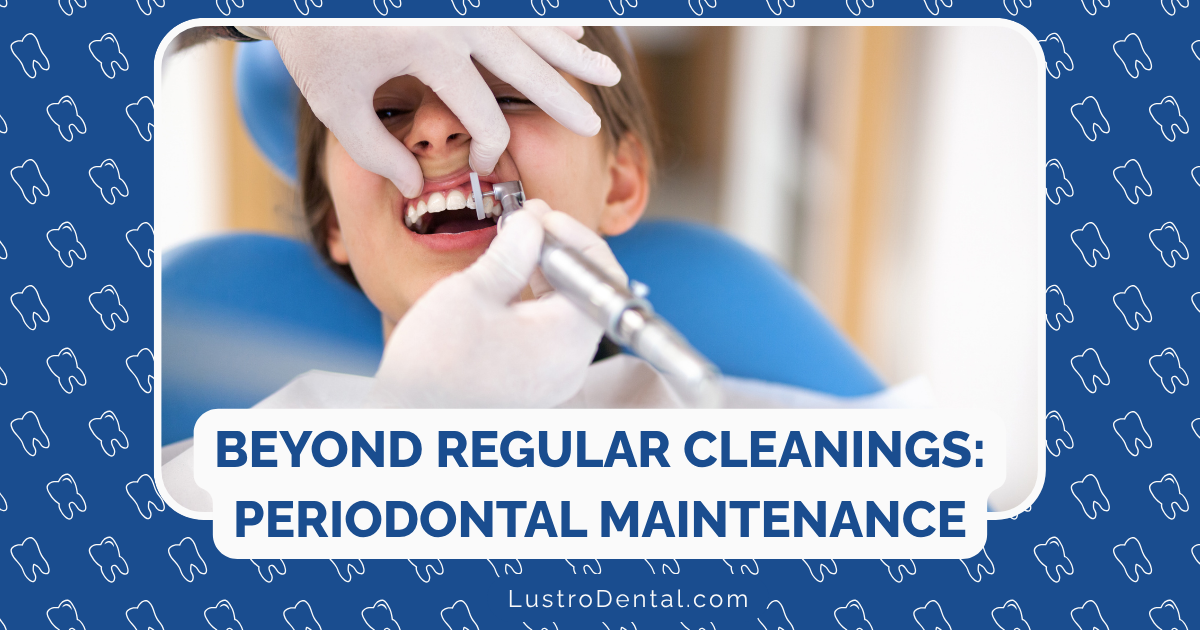Preventing Further Recession: Products and Techniques That Actually Work

If you’ve noticed your gums pulling back from your teeth, exposing more of the tooth surface or even the root, you’re experiencing gum recession—a common dental concern affecting nearly half of adults over 30. While receded gum tissue doesn’t grow back on its own, the good news is that you can halt further recession and protect your remaining gum tissue with the right approach.
As someone who’s spent years advocating for dental health education, I’ve seen countless patients struggle with gum recession and the confusion surrounding effective prevention strategies. With so many products claiming miraculous results and conflicting advice online, it’s difficult to know what actually works.
This comprehensive guide cuts through the marketing hype to bring you evidence-based products and techniques that genuinely prevent further gum recession, based on the latest research and clinical experience.
Understanding the Enemy: What Causes Gum Recession?
Before discussing prevention, it’s important to understand what you’re fighting against. Gum recession has multiple potential causes:
1. Aggressive Brushing
Perhaps the most common and preventable cause is brushing too hard or using improper technique. This mechanical trauma gradually wears away gum tissue over time.
2. Periodontal Disease
Bacterial infections that destroy gum tissue and the supporting bone can lead to recession. According to the American Academy of Periodontology, nearly one-third of Americans are genetically predisposed to developing dental infections.
3. Genetic Factors
Some people naturally have thinner gum tissue or are predisposed to gum problems, making them more vulnerable to recession.
4. Teeth Grinding (Bruxism)
The excessive force from grinding or clenching can traumatize gums and contribute to recession.
5. Tobacco Use
Smoking and other tobacco products restrict blood flow to gum tissues and impair healing, accelerating recession.
6. Hormonal Changes
Fluctuations during pregnancy, menopause, or other hormonal shifts can make gums more susceptible to recession.
7. Misaligned Teeth or Bite Issues
When teeth don’t come together properly, excessive force may be placed on certain areas, contributing to localized recession.
Dr. Sarah Johnson, periodontist at University Dental Center, explains: “Identifying the specific causes of your gum recession is crucial for effective prevention. Different causes require different preventive strategies, which is why a personalized approach is so important.”
Proven Home Care Products That Make a Difference
Let’s start with the products that research shows genuinely help prevent further recession:
Toothbrushes: The Foundation of Prevention
1. Electric Toothbrushes with Pressure Sensors
Electric toothbrushes with built-in pressure sensors have revolutionized gum recession prevention by alerting users when they’re brushing too aggressively.
Top recommendations based on 2025 research:
- Oral-B iO Series: Features a smart pressure sensor that turns red when you’re brushing too hard. According to a CNN review, its gentle yet effective cleaning makes it ideal for recession-prone gums.
- Philips Sonicare DiamondClean Smart: Offers pressure sensors and adjustable intensity levels specifically designed for sensitive gums. The Telegraph notes its AI technology that adjusts oscillation and speed based on your brushing style.
- Spotlight Oral Care Sonic: Operates at up to 48,000 movements per minute while maintaining gentleness on gums.
Dr. Michael Chen, dental researcher at Boston University, notes: “The pressure sensor technology in modern electric toothbrushes has been a game-changer for preventing gum recession. Many patients don’t realize how hard they’re brushing until they use one of these devices.”
2. Ultra-Soft Manual Toothbrushes
If you prefer manual brushing, choose toothbrushes specifically designed for sensitive gums:
- Parodontax Complete Protection Soft Toothbrush: Features extra-soft bristles arranged to clean effectively without traumatizing gum tissue.
- GUM Technique Sensitive Care Toothbrush: Designed with ultra-soft bristles and a small head to access all areas gently.
- Nimbus Microfine Toothbrush: Contains thousands of ultra-fine, soft bristles that clean effectively while being extremely gentle on gums.
Toothpastes: Beyond Basic Cleaning
Modern toothpastes can do much more than clean—they can actively help protect against further recession.
1. Stannous Fluoride Formulations
Toothpastes containing stannous fluoride offer antibacterial properties and help strengthen the gumline.
Top options:
- Crest Gum Detoxify: According to CNN reviews, this toothpaste helps strengthen and heal gums while dissolving plaque around the gumline.
- Parodontax Complete Protection: Contains stannous fluoride to fight bleeding gums and gingivitis—common precursors to recession.
- Oral-B Pro-Expert Clinic Line Protection: Research from 2025 shows it effectively controls gum issues within a month and provides high protection against plaque-causing bacteria.
2. Specialized Gum Health Formulations
- Meridol Toothpaste: Contains amine and stannous fluoride with anti-inflammatory properties that help prevent tartar formation.
- Zymbion Q10 Toothpaste: Features coenzyme Q10, which has shown promise in supporting gum health by preventing the spread of germs and halting the development of free radicals.
- Sensodyne Pronamel Gentle Whitening: Helps strengthen enamel while being gentle on sensitive gums.
Interdental Cleaning: The Often Overlooked Essential
Cleaning between teeth is crucial for preventing gum disease and further recession, but traditional flossing can be challenging for many people.
1. Water Flossers
Water flossers have revolutionized interdental cleaning, making it more accessible and effective for many patients.
Top recommendations:
- Waterpik Aquarius Water Flosser: Offers adjustable pressure settings for gentle yet effective cleaning below the gumline.
- Oral-B Water Flosser Advanced: Portable and effective for deep cleaning below the gumline, according to CNN’s product review.
- Philips Sonicare Power Flosser: Features pulse wave technology that guides users from tooth to tooth for thorough cleaning.
Dr. Lisa Williams, periodontist at Northwestern University, explains: “Water flossers can reduce bleeding and gingivitis more effectively than traditional floss for many patients, particularly those with existing recession or periodontal issues.”
2. Interdental Brushes
For larger spaces between teeth or around dental work:
- GUM Soft-Picks Advanced: Flexible rubber bristles gently clean between teeth without traumatizing gums.
- TePe Interdental Brushes: Available in multiple sizes to fit different spaces between teeth.
- Piksters Interdental Brushes: Feature a unique angle for easier access to all areas of the mouth.
Mouthwashes: Targeted Support for Gum Health
The right therapeutic mouthwash can significantly contribute to preventing further recession.
1. Alcohol-Free Antimicrobial Options
- CloSYS Healthy Gums Mouthwash: Contains Cloralstan, an antimicrobial agent that eliminates bacteria contributing to gingivitis without irritating sensitive gums.
- TheraBreath Fresh Breath Mouthwash: ADA-accepted and helps reduce gingivitis-causing bacteria while being alcohol-free.
- Tom’s of Maine Sea Salt Natural Mouthwash: Promotes healing and reduces inflammation without irritating sensitive gums.
2. Specialized Formulations
- GuruNanda Fresh Breath Mouthwash: Alcohol and fluoride-free, made with essential oils and vitamins to promote healthy gums.
- PerioSciences AO Pro Rinse: Contains antioxidants that help neutralize free radicals that can damage gum tissue.
Dr. Jennifer Lee, dental researcher, notes: “Alcohol-free formulations are particularly important for patients with recession, as alcohol-based products can dry out and irritate already vulnerable gum tissue.”
Effective Techniques: How You Use Products Matters
Even the best products won’t help if you’re using them incorrectly. These evidence-based techniques make all the difference:
Proper Brushing Technique: The 45-Degree Rule
According to Dr. Evan Grodin, the correct brushing technique is crucial:
- Position your toothbrush at a 45-degree angle to the gumline
- Use gentle, circular motions rather than a back-and-forth sawing motion
- Let the bristles do the work—apply only light pressure
- Spend at least two minutes brushing, ensuring you reach all surfaces
- Pay special attention to the gumline, where plaque tends to accumulate
Effective Flossing Method: Curve and Glide
The C-shaped flossing technique is gentler on gums while being more effective:
- Use about 18 inches of floss, winding most around your middle fingers
- Hold 1-2 inches between your thumbs and forefingers
- Gently guide the floss between teeth using a zigzag motion
- Curve the floss into a C-shape around each tooth
- Slide it gently up and down against the tooth surface and just under the gumline
- Use a clean section of floss for each tooth
Proper Water Flosser Technique
To maximize benefits while minimizing potential damage:
- Start with the lowest pressure setting, especially if you have recession
- Hold the tip at a 90-degree angle to the tooth surface
- Aim just above the gumline, not directly into the gum pocket
- Pause briefly between teeth, focusing on the gumline
- Keep your lips partially closed to prevent splashing
Lifestyle Factors: Beyond Products and Techniques
Products and techniques are only part of the equation. According to research from Southgate Dental Centre and Parkwood Dental, these lifestyle factors significantly impact gum recession:
1. Nutrition for Gum Health
A balanced diet rich in these nutrients supports gum health and resilience:
- Vitamin C: Essential for collagen production and tissue healing. Sources include citrus fruits, berries, peppers, and broccoli.
- Vitamin D and Calcium: Support bone health, including the alveolar bone that anchors your teeth. Sources include dairy products, fortified plant milks, and moderate sun exposure.
- Omega-3 Fatty Acids: Help reduce inflammation throughout the body, including in gum tissue. Sources include fatty fish, flaxseeds, and walnuts.
- Antioxidants: Combat oxidative stress that can damage gum tissue. Sources include colorful fruits and vegetables.
2. Stress Management
According to a 2025 study from Grand Rapids Dentists, chronic stress significantly impacts gum health by:
- Increasing inflammation throughout the body
- Weakening the immune system
- Potentially leading to teeth grinding and clenching
- Reducing saliva production, which has natural antibacterial properties
Effective stress management techniques include:
- Regular physical activity
- Mindfulness meditation
- Adequate sleep
- Deep breathing exercises
- Yoga or tai chi
3. Tobacco Cessation
Quitting smoking and other tobacco products is one of the most impactful steps you can take to prevent further recession. Tobacco:
- Restricts blood flow to gum tissues
- Impairs healing and tissue regeneration
- Weakens the immune response to bacteria
- Increases plaque buildup
4. Hydration
Staying well-hydrated supports healthy saliva production, which:
- Has natural antibacterial properties
- Helps neutralize acids
- Washes away food particles
- Contains minerals that strengthen teeth
Aim for at least 8 glasses of water daily, more if you’re active or in hot weather.
Professional Interventions: When Home Care Isn’t Enough
Sometimes, professional treatments are necessary to prevent further recession, particularly if you already have significant gum disease or recession.
1. Professional Cleanings and Scaling
Regular professional cleanings remove hardened plaque (tartar) that home care can’t address. For those with early signs of gum disease, scaling and root planing—a deep cleaning procedure—can be crucial.
According to Cleveland Clinic, scaling and root planing:
- Removes plaque and tartar below the gumline
- Smooths root surfaces to discourage further bacterial attachment
- Allows gum tissue to heal and reattach to teeth
- Has success rates reaching up to 95% when combined with good home care
2. Laser Therapy
Modern laser treatments offer a minimally invasive option for preventing further recession. According to Sekhon Dentistry and research published in 2025, laser therapy:
- Precisely targets infected tissue while preserving healthy tissue
- Kills bacteria in periodontal pockets
- Promotes healing with less discomfort than traditional methods
- Stimulates gum tissue regeneration
- Results in faster recovery times
Different types of lasers offer specific benefits:
- Nd:YAG lasers: Effective for deeper pocket decontamination
- Diode lasers: Good for soft tissue procedures with minimal bleeding
- Er:YAG lasers: Excellent for removing calculus and decontaminating root surfaces
3. Localized Antibiotic Delivery
Targeted antibiotics placed directly into periodontal pockets can help control infection and prevent further recession:
- Minocycline HCl (Arestin®): Microspheres that release antibiotics for up to 21 days
- Chlorhexidine (PerioChip®): A small chip placed in the pocket that dissolves slowly, releasing medication
According to Sekhon Dentistry, approximately 80% of patients respond favorably to localized antibiotic therapy, showing significant reductions in pocket depth and inflammation.
4. Night Guards for Bruxism
If teeth grinding or clenching is contributing to your recession, a custom night guard can be essential:
- Distributes bite forces evenly
- Reduces pressure on individual teeth and gums
- Protects dental work from damage
- May improve sleep quality by reducing jaw tension
5. Orthodontic Treatment
For recession caused by misaligned teeth or bite issues, orthodontic treatment may be necessary to create proper alignment and reduce abnormal forces on gums.
Emerging Technologies Worth Watching
Several promising approaches are showing potential for preventing further recession:
1. Growth Factor Therapies
Platelet-rich plasma (PRP) and platelet-rich fibrin (PRF) therapies use components from your own blood to:
- Accelerate healing
- Promote tissue regeneration
- Reduce inflammation
- Enhance the results of other treatments
2. Probiotics for Oral Health
Emerging research suggests that certain probiotic strains may help maintain a healthy balance of oral bacteria, potentially reducing inflammation and supporting gum health.
3. Advanced Biomaterials
New biomaterials designed to support gum tissue regeneration are showing promise in clinical trials, potentially offering options for strengthening existing gum tissue.
Creating Your Personalized Prevention Plan
The most effective approach to preventing further recession is a personalized plan that addresses your specific risk factors and needs. Here’s how to create yours:
Step 1: Professional Assessment
Schedule a comprehensive periodontal evaluation to:
- Determine the extent and causes of your recession
- Identify specific risk factors
- Create baseline measurements for tracking progress
- Discuss appropriate professional treatments
Step 2: Select the Right Products
Based on your dentist’s recommendations and the information in this article, choose products that address your specific needs:
- Appropriate toothbrush (manual or electric)
- Specialized toothpaste for your specific situation
- Interdental cleaning tools you’ll actually use consistently
- Therapeutic mouthwash if recommended
Step 3: Master Proper Techniques
Work with your dental hygienist to ensure you’re using proper techniques:
- Have them demonstrate correct brushing angle and pressure
- Practice interdental cleaning methods under guidance
- Consider taking photos or videos on your phone for reference at home
Step 4: Address Lifestyle Factors
Identify and address the lifestyle factors most relevant to your situation:
- Nutritional improvements
- Stress management strategies
- Tobacco cessation if applicable
- Hydration habits
Step 5: Follow-Up and Adjust
Regular monitoring is essential:
- Maintain recommended professional cleaning schedule
- Track any changes in sensitivity or appearance
- Be prepared to adjust your approach based on results
- Celebrate improvements, no matter how small
Conclusion: Consistency Is Key
Preventing further gum recession isn’t about finding a miracle product or quick fix—it’s about consistent application of evidence-based products and techniques, combined with lifestyle changes and professional care when needed.
Dr. Robert Williams, periodontist and researcher, emphasizes: “The patients who successfully prevent further recession aren’t necessarily those using the most expensive products or undergoing the most advanced treatments. They’re the ones who are consistent with their daily care routine, address underlying causes like grinding or poor nutrition, and maintain regular professional care.”
By implementing the strategies outlined in this article and working closely with your dental professionals, you can effectively halt further recession and maintain your remaining gum tissue for years to come. Your gums provide the foundation for a healthy smile—they’re worth the investment of time and care.
Have you found particular products or techniques effective in preventing gum recession? Share your experiences in the comments below to help others on their journey to better gum health.


